Shay Moran (Technion) - Convex Set Disjointness, Distributed Learning of Halfspaces & LP Feasibility
Convex Set Disjointness, Distributed Learning of Halfspaces, and LP Feasibility
We study the Convex Set Disjointness (CSD) problem, where two players have input sets taken from an arbitrary fixed domain Usubset R^d of size | U | = n. Their mutual goal is to decide using minimum communication whether the convex hulls of their sets intersect (equivalently, whether their sets can be separated by a hyperplane).Different forms of this problem naturally arise in distributed learning and optimization: it is equivalent to Distributed Linear Program (LP) Feasibility — a basic task in distributed optimization, and it is tightly linked to Distributed Learning of Halfdpaces in R^d.
In communication complexity theory, CSD can be viewed as a geometric interpolation between the classical problems of Set Disjointness (when d>= n-1) and Greater-Than (when d=1).
We establish a nearly tight bound of ~Theta(d log n) on the communication complexity of learning halfspaces in R^d.
For Convex Set Disjointness (and the equivalent task of distributed LP feasibility) we derive upper and lower bounds of tilde O(d^2log n) and ~Omega(dlog n). These results improve upon several previous works in distributed learning and optimization.
Unlike typical works in communication complexity, the main technical contribution of this work lies in the upper bounds. In particular, our protocols are based on a Container Lemma for Halfspaces and on two variants of {it Carath’eodory’s Theorem}, which may be of independent interest. These geometric statements are used by our protocols to provide a compressed summary of the players’ input.
Joint work with Mark Braverman, Gillat Kol, and Raghuvansh R. Saxena (Princeton University).
Host: Machine Learning Seminar Series

Shay Moran
Research interests: Mathematical problems that arise in computer science with a focus on combinatorial and geometric problems related to machine learning.












